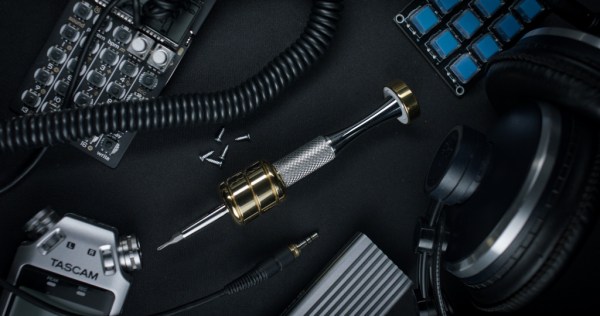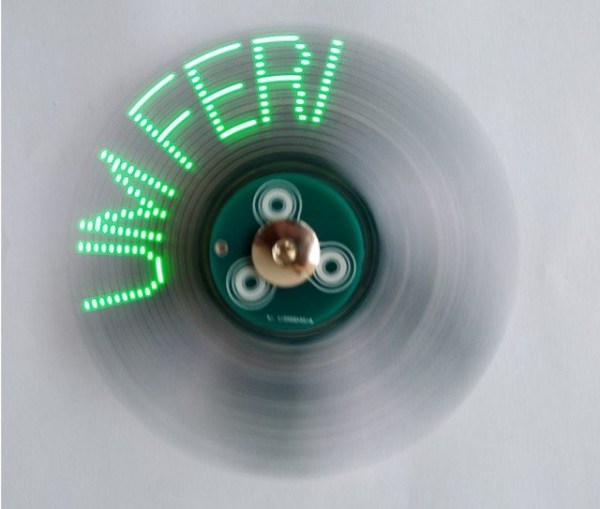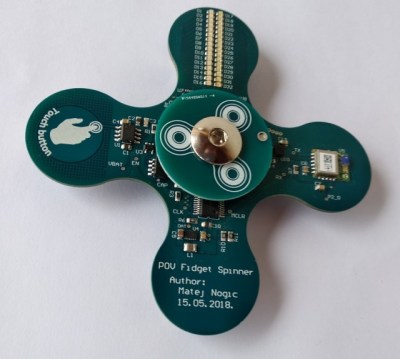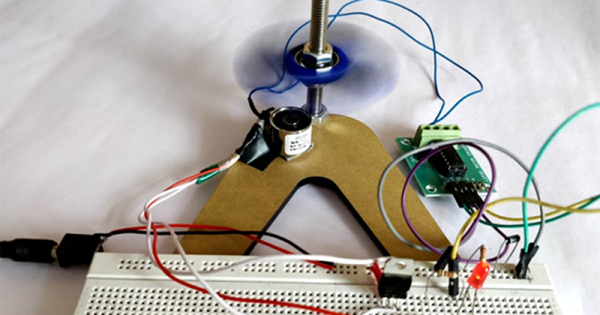Screwdrivers are simple devices with a simple purpose, and there is generally little fanfare involved with buying yourself a new set. We’ve never seen one marketed as an object of desire, but we have to admit that [Giaco] managed to do precisely that. He created the Kinetic Driver, a fidget spinner precision screwdriver designed to use its rotational momentum to loosen and tighten screws.
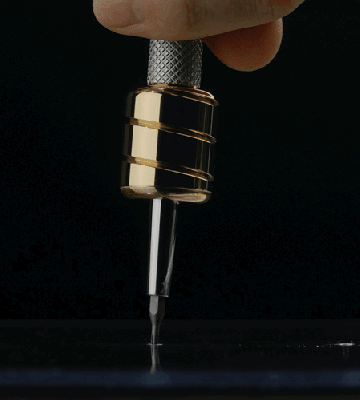 The main difference between the Kinetic Driver and other screwdrivers is a big brass mass at the front end for high rotational inertia and a high-quality ceramic bearing at the back end for minimal drag. It uses 4 mm precision bits, so its utility will be limited to small screws, which makes it perfect for working on small electronics.
The main difference between the Kinetic Driver and other screwdrivers is a big brass mass at the front end for high rotational inertia and a high-quality ceramic bearing at the back end for minimal drag. It uses 4 mm precision bits, so its utility will be limited to small screws, which makes it perfect for working on small electronics.
[Giaco] says the idea came after running a successful Kickstarter campaign for a utility knife, where he found that his favorite screwdriver for the many small screws was one with a fat metal body which allowed it to spin easily. In the video after the break, he gives an excellent insight into the development process. He started by creating a series of 3D printed prototypes to figure out the basic shape, before making the first metal prototype. [Giaco] also shows the importance of figuring out the order of operation for machining, which is often glossed over in other machining videos. Be sure to check out the beautiful launch video at 17:52. Continue reading “The Screwdriver You Don’t Need, But Probably Want”

